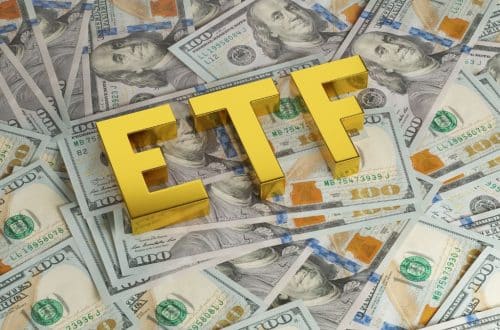
Vittime di attacchi ransomware che si rifiutano di pagare: Chainalysis
- Chainalysis ha affermato che gli aggressori ransomware hanno estorto almeno $456,8 milioni alle vittime nel 2022, in calo rispetto ai $765,6 milioni del 2021.
- "Gran parte del calo è dovuto al fatto che le organizzazioni delle vittime si rifiutano sempre più di pagare gli aggressori ransomware", ha affermato la società blockchain.
- La maggior parte dei fondi ricavati dagli attacchi sono stati inviati ai principali scambi centralizzati poiché l'utilizzo dei DEX è diminuito drasticamente.
- Anche la durata della vita di un ceppo è diminuita con il ceppo medio che rimane attivo per 70 giorni nel 2022 rispetto ai 153 del 2021 e ai 265 del 2020.
Il 2022 è stato uno degli anni più attivi per hacker e truffatori nel settore delle criptovalute, compresi gli aggressori ransomware. Questi aggressori utilizzano un tipo di software, che in realtà è un malware della criptovirologia, che interrompe completamente l'accesso di un utente ai propri dati personali o minaccia di rivelare tali dati pubblicamente se non viene pagato un riscatto. È interessante notare che le entrate di tali aggressori ora continuano a diminuire poiché le vittime hanno iniziato a rifiutarsi di pagarli.
Secondo un nuovo post sul blog dalla società di dati blockchain Chainalysis, "gli aggressori di ransomware hanno estorto almeno $456,8 milioni alle vittime nel 2022, in calo rispetto ai $765,6 milioni dell'anno precedente". Questo cambiamento positivo nella tendenza conferma il fatto che le vittime non hanno più paura di tali aggressori dopo che le autorità di regolamentazione sono diventate sempre più attive nel settore delle criptovalute, reprimendo tutti gli sviluppatori che usano le loro capacità per scopi malvagi.
Chainalysis ha anche affermato che i valori che ha trovato non sono veri e che ci sono ancora indirizzi di aggressori ransomware che devono ancora essere identificati. Tuttavia, la società di dati blockchain ha notato che il denaro ricavato da tali attacchi è notevolmente diminuito. Secondo la convinzione dell'azienda, "gran parte del calo è dovuto al fatto che le organizzazioni delle vittime si rifiutano sempre più di pagare gli aggressori ransomware".
D'altra parte, Chainalysis ha riportato una crescita sostanziale del numero di ceppi di ransomware nel 2022 e ha anche citato un rapporto della società di sicurezza informatica Fortinet, secondo cui nella prima metà del 2022 erano attivi più di 10.000 ceppi di ransomware. ha affermato che "i dati sulla catena confermano che il numero di ceppi attivi è cresciuto in modo significativo negli ultimi anni, ma la stragrande maggioranza delle entrate del ransomware va a un piccolo gruppo di ceppi in un dato momento".
Inoltre, anche la durata del ransomware ha continuato a diminuire nel 2022 e il ceppo medio è rimasto attivo per oltre 70 giorni, ovvero più di 50% in meno rispetto ai 153 giorni del 2021 e ai 265 del 2020. È interessante notare che la società blockchain ha anche confermato che i fondi effettuate tramite queste attività vengono per lo più trasferite ai principali scambi di criptovalute centralizzati.
“La quota di fondi ransomware destinata agli exchange tradizionali è cresciuta da 39,3% nel 2021 a 48,3% nel 2022, mentre la quota destinata agli exchange ad alto rischio è scesa da 10,9% a 6,7%. Anche l'utilizzo di servizi illeciti come i mercati darknet per il riciclaggio di denaro ransomware è diminuito, mentre l'utilizzo del mixer è aumentato da 11.6% a 15.0%", ha affermato Chainalysis.
Chainalysis ha anche affermato che la maggior parte delle volte questi malware funzionano come un modello RaaS (ransomware-as-a-service), ovvero lo sviluppatore consente agli aggressori di utilizzare il proprio software per una piccola riduzione delle entrate. Inoltre, come riportato in precedenza da Bitnation, la multinazionale americana della tecnologia Microsoft, ha rilevato un attacco chiamato DEV-013 che si rivolge specificamente alle startup crittografiche.







